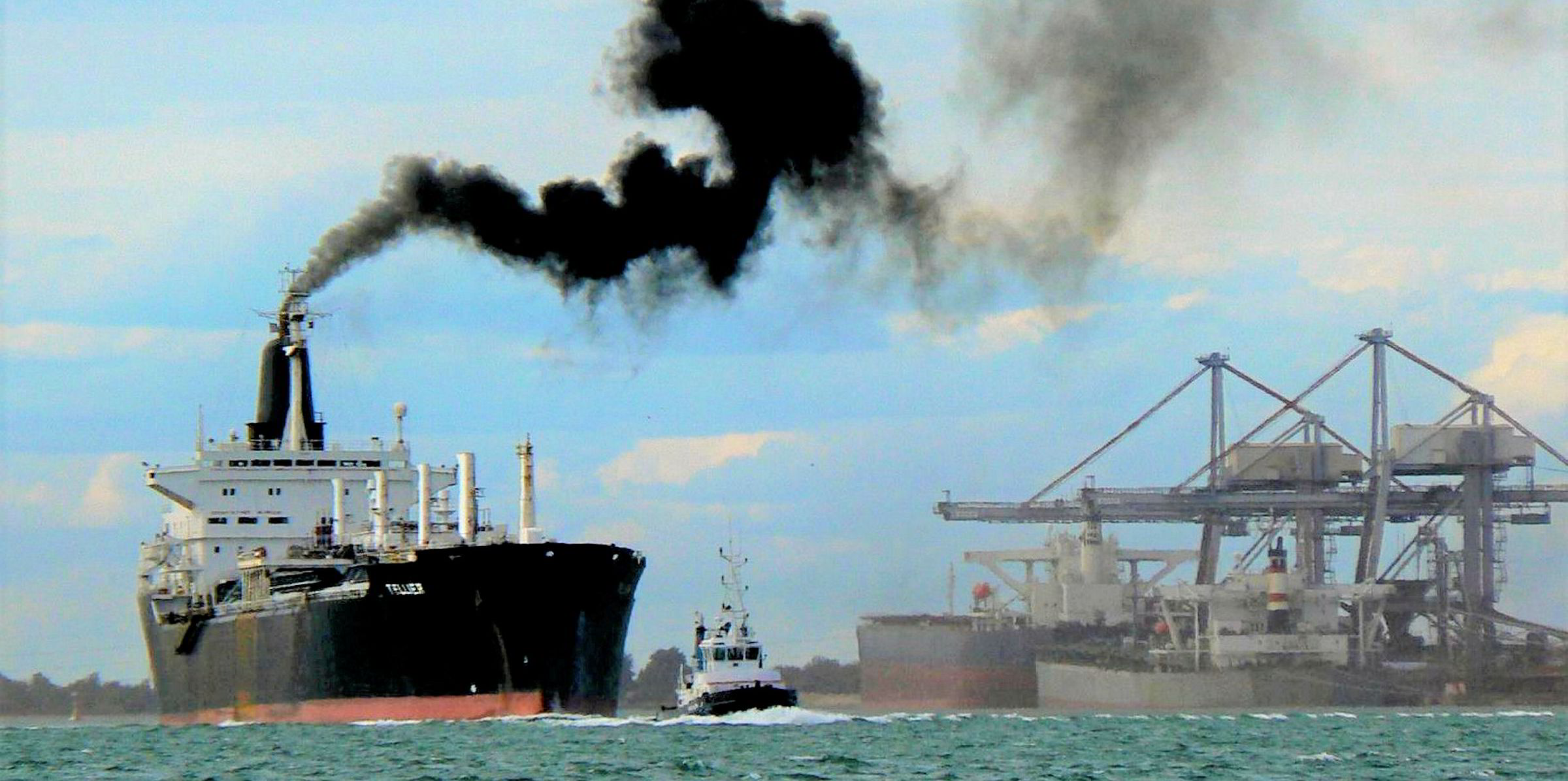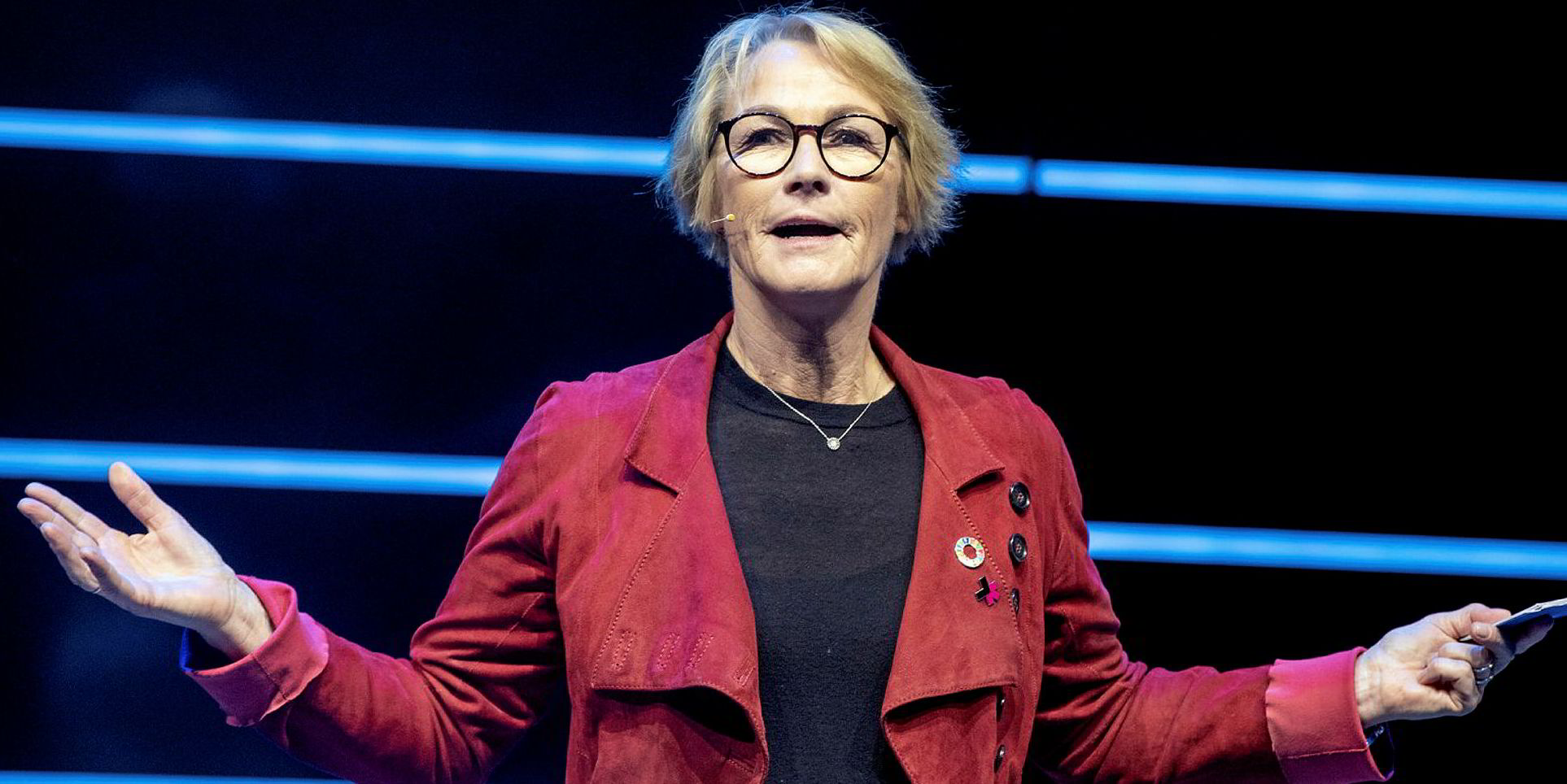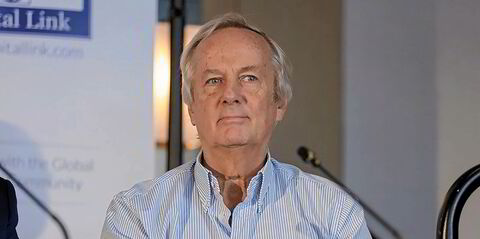Maritime transport accounts for almost 3% of global emissions, with more than 80% of world trade moved by oceangoing vessels. Maritime transport is by far the most energy-efficient way to move goods — much more efficient than its rail, truck or air counterparts.
The International Maritime Organization has a stated ambition to reduce relative emissions by 40% by 2030, and total emissions by 50% by 2050.
However, in contrast with this plan, the latest IMO greenhouse-gas study published in August 2020 suggests that emissions have in fact increased since 2012 and could rise by as much as 130% by 2050, compared with the 2008 baseline level.
It is obvious that the maritime segment is moving in the wrong direction and that we need to take immediate action to reverse this course. The window of opportunity to achieve a maritime energy transition is closing steadily.
No easy fix

In the AHOY2050 study recently commissioned by MAN Energy Solutions and the Fraunhofer Institute for Systems and Innovation Research, four scenarios provide a rough sketch of what the industry’s pathway to 2050 might look like.
Potential outcomes — in regards to the industry’s future, technological development and greenhouse-gas mitigation efforts — vary greatly. Yet, both scenarios in which our industry manages to meet the IMO 2050 climate goals have one thing in common: their achievement is framed by stringent and global regulations driven by the IMO.
There is an enormous will for change in the industry and momentum is building, so the timing is perfect for regulation to give it the final push and make decarbonisation financially viable.
Left alone, the market cannot fix this.
Driver’s seat
The European Union’s view is that a global approach to address greenhouse emissions from international shipping led by the IMO would be the most effective and preferable option.
However, in view of the IMO’s relatively slow progress, this has triggered the EU to take matters into its own hands, with the possibility of eventually including shipping in the European Emissions Trading System (ETS).
I welcome the EU’s proposal as a positive development in the sense that it opens the debate up and increases the pressure on the maritime world to arrive at a satisfactory solution. That said, it is obvious that the maritime industry has different — even diametrically opposite — views, with many firmly believing that any regional regulation can only be a second-best option in light of shipping’s global essence.
There are many interesting industry viewpoints. As an example, commodities trader Trafigura proposes a global levy on CO2-intensive marine fuels to cut emissions and subsidise the development of zero- and low-carbon fuel technologies.
Such a system could help overcome first-mover barriers within the shipping industry, while funds garnered could also be used to compensate for any inequality pressure on developing countries from the increased cost of shipping. Simultaneously, Trafigura has urged IMO regulators to agree on a market-based measure.
There is an enormous will for change in the industry and momentum is building, so the timing is perfect for regulation to give it the final push and make decarbonisation financially viable
Similarly, the European Community Shipowners’ Association (ECSA) has made its opposition to emissions trading known, stating — in a study it commissioned with the International Chamber of Shipping — that an international levy on marine fuel would better protect the climate.
As tempting as the idea of applying a market-compliant mechanism such as the ETS may seem, I agree with the ECSA study that, given the heterogeneous nature of the shipping market, the inclusion of ships trading internationally would result in significant challenges.
Tighten the screws
I firmly believe the IMO is the right body to give guidance to the global industry. However, if it does not act soon, then we will surely continue to see further proposals for regional regulation. Instead of forging its own path, I would like to see the EU use its initiative as a means to increase pressure on the IMO to take action.
The ideal conclusion for me would be for the IMO to engage with the EU — and other, regional partners — to create a transparent, well thought-through, global system that will drive the right behaviour and lead to the required investments in new technologies for this maritime energy transition.
The momentum is here, the industry is ready.
Bjarne Foldager is senior vice president and head
of two-stroke business at MAN Energy Solutions
Do you have an opinion to share? Email: news@tradewindsnews.com





